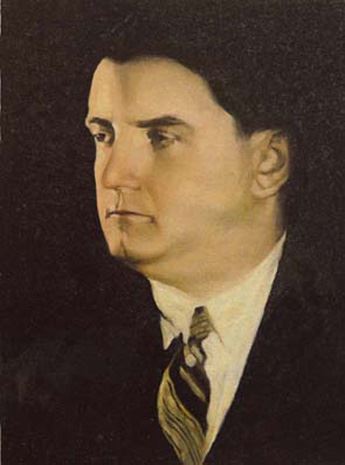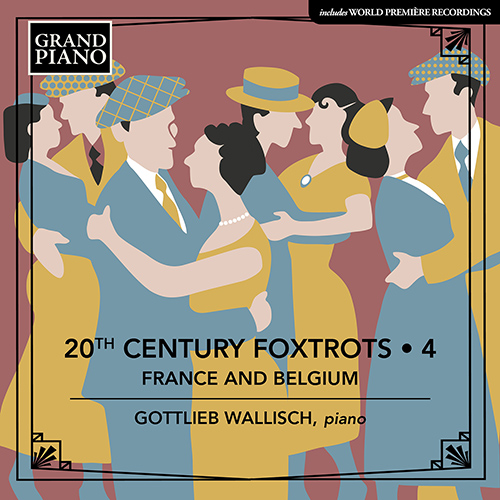
Georges Auric (1899 - 1983)
A member of the group of young French composers of the early 1920s known as ‘Les Six’, Georges Auric was a prolific composer, while serving until World War II as a music critic and in the 1960s as director of the Paris Opéra and Opéra-comique. In style he ranged from the clarity espoused by Les Six to later experiments with serialism.
Film and Stage Music
In the 1920s Auric was associated with Sergey Diaghilev and his Ballets Russes company. He contributed to Cocteau’s collaborative Les Mariés de la tour Eiffel, and he collaborated with Nijinska in Les Fâcheux; with Massine in Les Matelots, Le Peintre et son modèle and, in 1960, in Bal des voleurs; with Balanchine in Concurrence; with Lifar in Phèdre; and with Gsovsky, in 1951, in Chemin de lumière. He provided incidental music for the theatre and film scores for Cocteau’s Le Sang d’un poète, L’Éternel Retour, La Belle et la Bête, Orphée and L’Aigle à deux têtes, and Max Ophuls’s Lola Montes, among many others.
Chamber and Piano Music
Auric’s chamber music includes a Violin Sonata and a Trio for oboe, clarinet and bassoon. His piano music ranges from his Prélude for the Album des six in 1922 to sets of impromptus, bagatelles and short pieces, with a weightier Partita for two pianos.


 Grand Piano has gained a reputation for producing high quality recordings of rare keyboard gems. Dedicated to the exploration of undiscovered piano repertoire, the label specialises in complete cycles of piano works by many lesser-known composers, whose output might otherwise have remained unknown and unrecorded.
Grand Piano has gained a reputation for producing high quality recordings of rare keyboard gems. Dedicated to the exploration of undiscovered piano repertoire, the label specialises in complete cycles of piano works by many lesser-known composers, whose output might otherwise have remained unknown and unrecorded.






